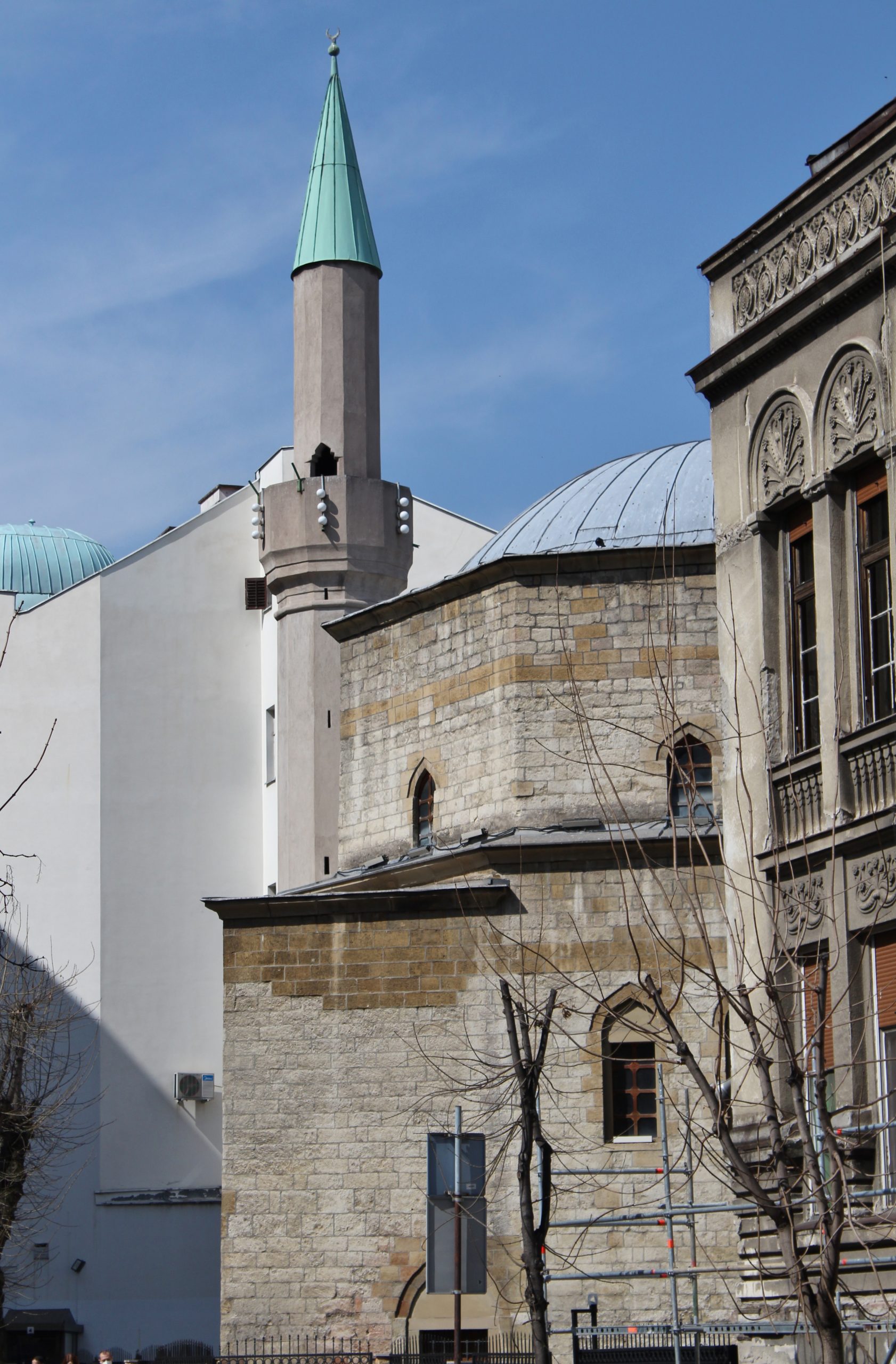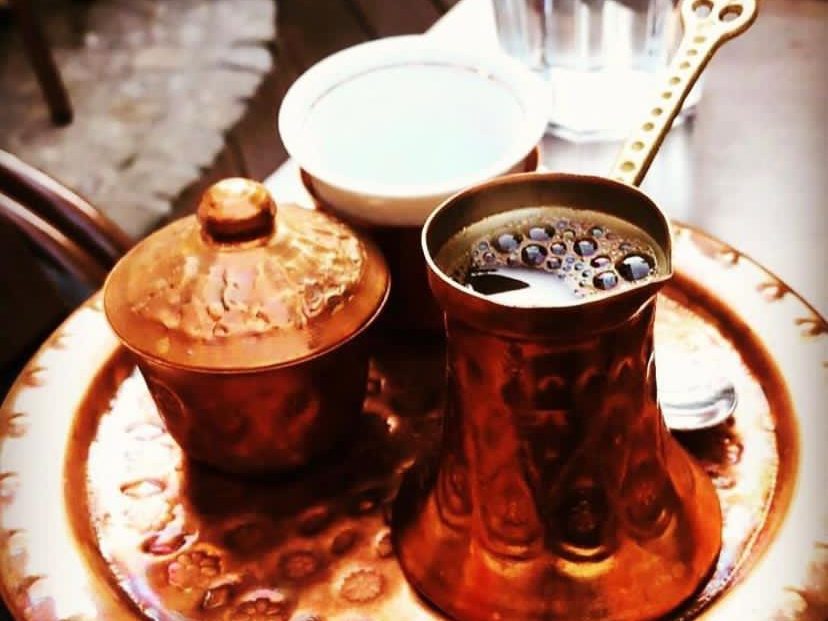Following the fall of Smederevo in 1459, the Serbian state underwent a significant transformation as the Ottoman Empire established a new order, introducing changes to religion and customs. Despite the profound shifts, not all state institutions were eradicated; instead, some were modified, adapted, or even accepted. The remnants of the past are evident in the cultural heritage that endures through constructed buildings, preserved monuments, linguistic influences with words of Turkish origin (Turkisms), as well as cultural and culinary elements that have withstood the test of time.
The multi-century presence of Ottomans in Belgrade turned Belgrade into an typical ottoman town. The city was divided into two unequal parts: The Serbian part which was smaller and oriented towards the river Sava. The other notable district was the Turkish part which was far larger and is called Dorćol.
Dorćol was oriented towards the river Danube. The streets were winding, mostly paved with Turkish cobblestone. The few Christian churches were turned into the mosques, and the new Islamic temples emerged in the city. According to the 1836 census, Belgrade was home to 16 mosques. Over time, all of them were vanished except for one, the Bajrakli mosque in Dorcol. There were various Islamic building serving as worship sites , not all of them were mosques but also mesdzidas.
Turkish Ottomans accepted the Slavic name of Belgrade, but on the other hand they gave names to certain parts of the city which haven’t changed their names since the Ottoman period, such as: Avala, Bulbulder, Dorcol, Kalemegdan, Makis, Tasmajdan, Terazije, Topcider, Cubura, Cukarica.
The Ottomans called the city field in front of the Fortress Kalemegdan (kale-city and megdan-field). The preserved Turkish buildings located on Kalemegdan are the fountain of Mehmed-pasha Sokolović and the Turbe of Damad-Ali pasha.The mosque is an Islamic place of worship around which the center of the entire settlement developed. It was named after the flag – the flag that signaled the beginning of the prayer.
The Turkish term ”turbe” or ”tulbe” is the name for an Islamic religious object which presents a covered tomb. The object Sheikh Mustafa turbeh was built in 18th Century. It is a part of the specific Islamic religious object which served for dervish gatherings – members of mystic Islamic studies. They performed rituals therein, which includes a dance in a rhythmic spinning in a circle. The turbeh was in a bad condition for a long time, but was completely restored in 2013 thanks to funds provided by the Turkish agency for cooperation and coordination. It was first opened to the public in 2013. There are still basements of dervish religious objects which were located along the course of Baba Visnja’s street.
The mosque and Turkish cemetery were located nearby, which covered a large part of today’s Students’ Park. With the departure of Ottomans from Belgrade, the cemetery disappeared.
Everyday life
In today’s speech we have a large number of Turkisms, e.g. cherry -višnja, tea-čaj, pillow-jastuk, gate-kapija, etc.… The food tradition that has been passed on to domestic inhabitants is reflected in dishes such as e.g. sarma, dried fruit, sour milk, baklava, etc …
In today’s speech we have a large number of Turkisms, e.g. cherry -višnja, tea-čaj, pillow-jastuk, gate-kapija, etc.… The food tradition that has been passed on to domestic inhabitants is reflected in dishes such as e.g. sarma, dried fruit, sour milk, baklava, etc …
According to census, conducted after 1739, it indicates a large trade of coffee in that period. Coffee has been popular in the Islamic world since the 15th century. The first café in Istanbul was opened in 1555. Due to the fact that Belgrade since the beginning of the 17th century was on the road from Mocha, Yemen to Europe, the first tavern in Belgrade appeared in 1616.
The coffee trade in the Balkans was taken over by the traders from Dubrovnik , and it entered the private life in the 18th century when they started serving it in the Christian houses.
The tobacco that originated in America quickly entered Ottoman culture, so the tradition of drinking coffee has been supplemented by smoking tobacco since the 17th century. Tobacco was also smoked by Christians, and snuff (a fine aromatic powder made from snuff tobacco leaves) appeared among Serbs in the second half of the 18th century.
Written and translated by: Iva Pešić and Ivana Pantović



